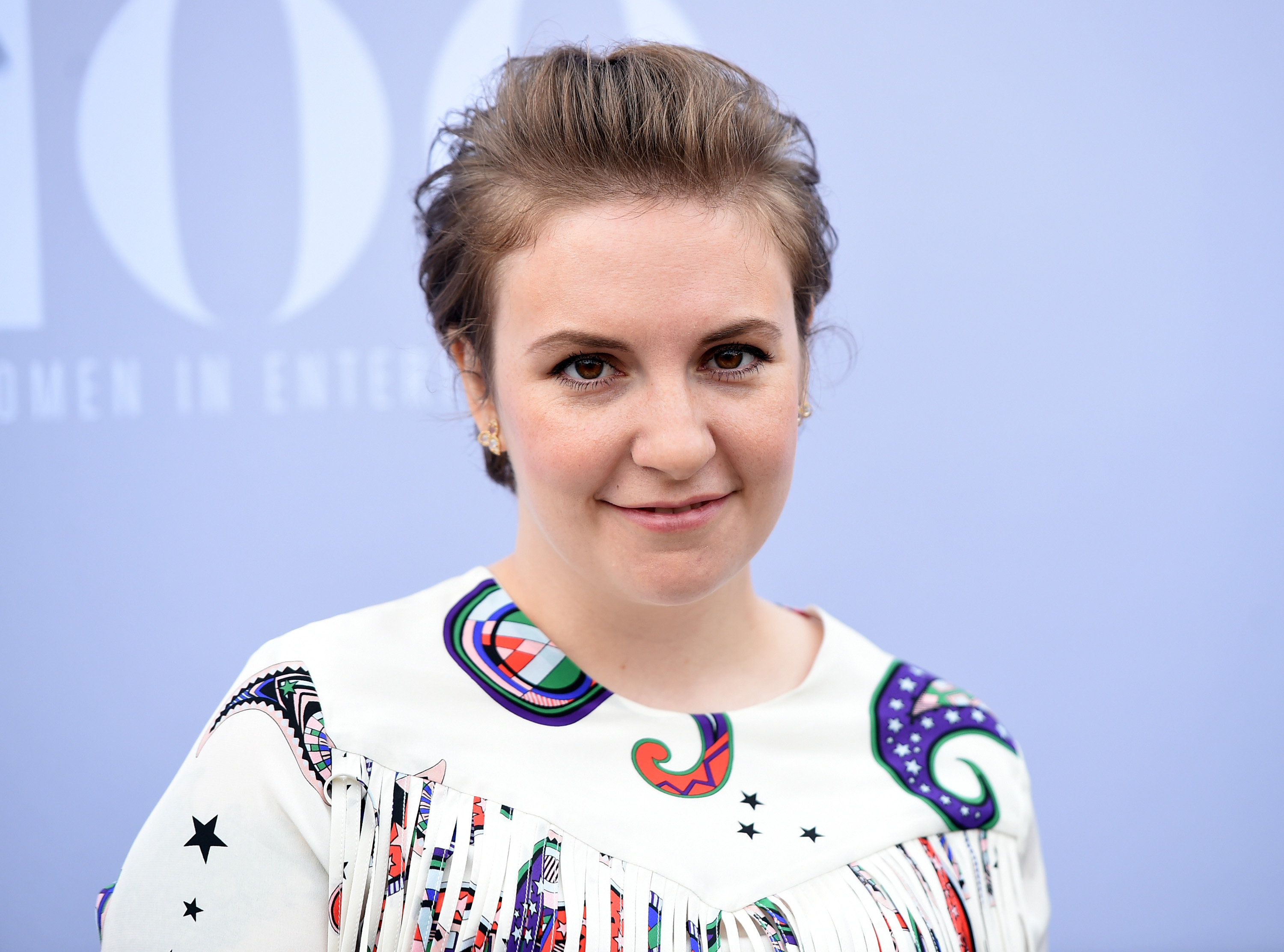
In recent years, Kanye West’s attempts at breaking out of music into fashion and art have been received with casual (if not outright dismissive) interest from art commentators. But the release of his contentious video for “Famous” over the weekend—wherein West plus a cast of twelve celebrity silicon models cavort in a riff on painter Vincent Desiderio‘s Sleep—has predictably swept the cultural sphere into a conversation about art, fame, and the art world narcissism that artnet News’s own Christian Viveros-Faune has diagnosed.
Related: Kanye West Compares Matthew Barney to Jesus
Given the video’s polarizing effect, it’s hard not to give some serious consideration to West’s latest project. Desiderio himself rose to West’s defense in a recent interview with the New York Times.
It does seem, however, that an element of exploitation is at work in the new provocation. Skeptics have brought these concerns to the fore, the sharpest of whom is Lena Dunham. In a Facebook post, the writer/director framed her reaction to the piece in relationship to her own artsy background, describing memories of being raised by artistic parents who primed her to appreciate the “rabble-rousing” of Carolee Scheemann and the heartbreaking clarity of Carrie Mae Weems’s photography, among other difficult-to-digest work.
Despite an appreciation for such provocations, the millennial generation’s premier public intellectual takes issue with the video’s attitude towards women:
I know that there’s a hipper or cooler reaction to have than the one I’m currently having. But guess what? I don’t have a hip cool reaction, because seeing a woman I love like Taylor Swift (fuck that one hurt to look at, I couldn’t look), a woman I admire like Rihanna or Anna, reduced to a pair of waxy breasts made by some special effects guy in the Valley, it makes me feel sad and unsafe and worried for the teenage girls who watch this and may not understand that grainy roving camera as the stuff of snuff films. I hesitated a lot about saying anything cuz I figured the thinkpieces would come pouring in. But I didn’t see this angle being explored as much as I had hoped. It’s weird to feel like you’re watching alone. I bet I’m not.
Here’s the thing, Kanye: you’re cool. Make a statement on fame and privacy and the Illuminati or whatever is on your mind! But I can’t watch it, don’t want to watch it, if it feels informed and inspired by the aspects of our culture that make women feel unsafe even in their own beds, in their own bodies.
Within this framework, the task of determining whether West’s video is redeemable as art in the world of 2016 becomes a question of ethics—and it’s one that Desiderio staunchly refutes, stating in his interview with the Times:
“Artists are not saints. They’re not people whose first obligation is moral correctness…As much as I like Dunham and appreciate her, art goes to dangerous places. That tension between those two things is where art functions.”
Conversely, an unnamed New York curator told the Guardian that he or she agreed with Dunham, stating that “Kanye is using the body of Taylor Swift without asking her and putting her in this submissive position. Sure, he’s making a comment on television culture and appropriation, and he’s calling it art, but I don’t know if you can call something art just because it stirs up controversy.”
NEW YORK, NY – DECEMBER 01: Rapper Kanye West performs on World AIDS Day at ‘A (RED) Thank You,’ presented by (Bank of America)RED on December 1, 2014 in New York City. (Photo by Slaven Vlasic/Getty Images for (RED))
West’s zeal for the process of artistic production is possibly his greatest line of defense. To quote Ben Davis in his review of West’s collaboration with Steve McQueen last year: “He gives you what you want from an artist better than most artists: an unshakable faith in the importance of art as a world-changing thing. Maybe only someone unencumbered by the burdens of having to work within the actual art world can believe in the power of art that much.”